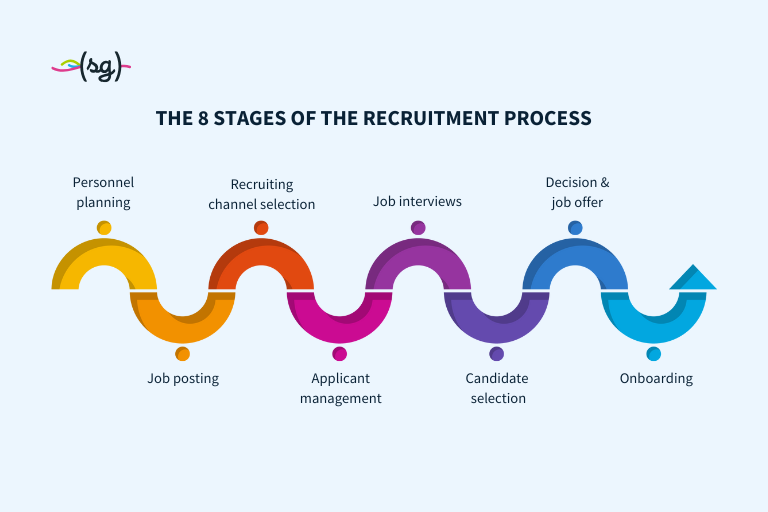In a recent Gallup study figures showed that over 52% of American workers are “not engaged” with their work, indicating that under half of the entire American workforce aren’t actually committed to their jobs. With studies proving that engaged workers have significantly higher productivity, less sick leave and far fewer safety accidents than their less-committed counterparts it’s unsurprising that more and more employers are looking to improve their employee’s engagement.
Little know to some, the first step in engaging your employees begins during the hiring process itself.
In their haste to fill a role recruiters can make the mistake of overselling a job to woo a candidate into a position that just isn’t right for them. Unsurprisingly this won’t lead to an engaged employee, and is more likely to result in the candidate leaving the company when he or she realizes they’ve been duped.
Making sure you hire the right person for the job is the first step in maintaining an engaged employee.
However with the wrong management leading your employees even the best teams can become despondent in the workplace, the second rule in engaging your employees is hiring the right managers.
In the 2013 Gallup report on the State of the American Workplace it states: “Managers who focus on their employees strengths can practically eliminate active disengagement and double the average of U.S. workers who are engaged nationwide”
With this in mind it is clear that employee selection is the key in maintaining an engaged workforce, but we all know that it’s a competitive world out there, what’s keeping your staff from jumping ship?
Opportunities to rise in the company, pension schemes and bonuses can help maintain a workforce, but with factors such as job flexibility ranking high amongst Generation Y preferences, it might be worth re-thinking some of your employee incentives.
Last but not least don’t forget to listen to your employees.
It’s all well and good handing out an annual survey to quiz your staff on their ‘happiness’ but it’s not actually going to help you in engaging your employees unless you react to their opinions. Using a third party company to conduct an impartial quiz will give you some honest feedback, which if you react to will actively help you in engaging your employees.
By following these initial steps you can pretty much be sure you’re on the right track to engaging your employees, but a what if you’re not currently hiring, how can you engage your existing staff? Next week we’re going to have a look at some of the more practical tips you can put into place to engage your employees (without hiring an employee masseuse).
Tell us your thoughts! Drop us a line in the comments section, we’d love to know what you think.





